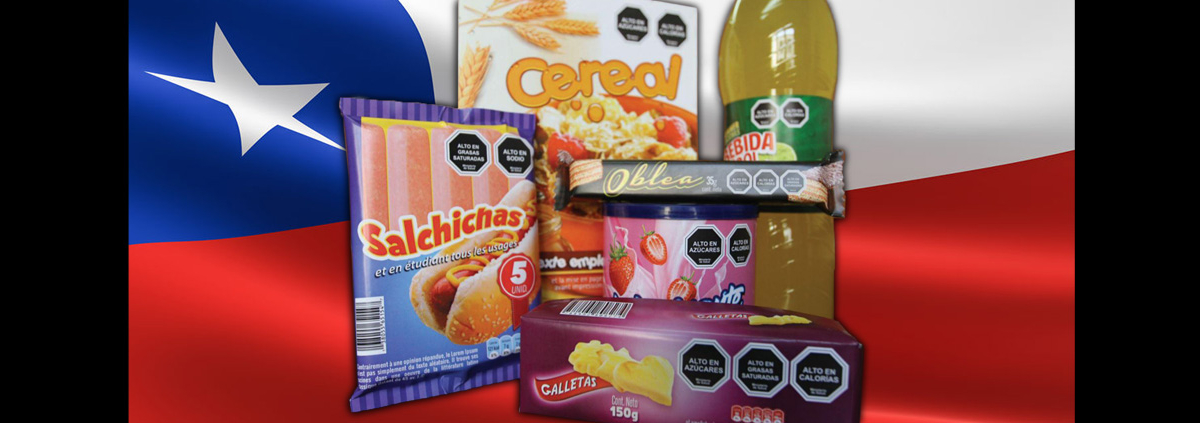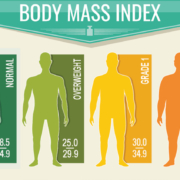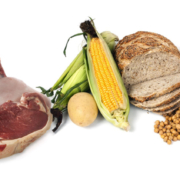Improving Nutrition in South America
One of the problems today with public nutrition education programs is that there’s an important element that would prefer it not be done. In fact, food manufacturers are doing all they can to avoid any approach that may impact sales of high-fat, high-sodium, high-sugar, and highly processed food. I get it—they want to sell as much as they can. But to suggest that ketchup is a vegetable in the school lunch program doesn’t make any sense. I’m not going to comment further because that could take a month of Memos.
Instead let’s look at what some countries in South America have done to address nutrition as their obesity and related disease rates rise. One of the most controversial steps was taken by Mexico: the government put a 10% tax on high-sugar drinks, snacks, and sugary cereals that have limited nutritional benefit compared to total calories. It was not easy because the people of Mexico, much like the U.S., are against paying any more in taxes. But as of 2019, consumption of sugary sodas has dropped 12% in the poorest segment of the population and 5% in more affluent segments.
One of the most innovative approaches is used in Chile: foods high in added sugar, saturated fats, sodium, and high in calories have to place black stop signs on the front of package labels, and those foods can’t be sold or promoted in schools or promoted on television. Children have been educated about the meaning of the label changes and are steering their parents away from foods with black stop signs on the labels.
These radical approaches had to fight the food industry all the way, but the good of the people outweighed the profits of the industry. There may be a better way yet, and that’s what I’ll talk about Saturday.
What are you prepared to do today?
Dr. Chet
Reference: https://www.washingtonpost.com/business/2019/07/16/latin-americas-war-obesity-could-be-model-us/









